Huge fireballs in the desert, columns of water several hundred meters high are the products that atomic bombs created when they exploded.
The New York Times said that from 1945 to 1962, the US military detonated several hundred atomic bombs in the atmosphere. Many photographers find ways to capture images of explosions and their destructive effects. A photographer named Peter Kuran gathered many works of his colleagues in a book entitled " How to photograph an atomic bomb ".
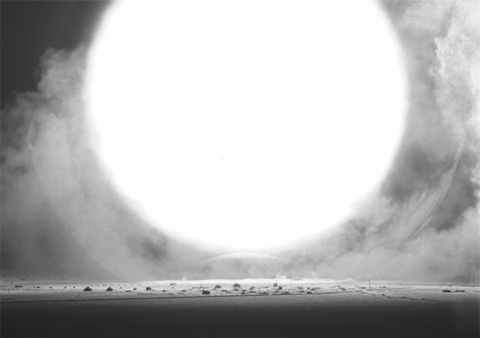
Huge fireballs flared up above the desert.Tanks, jeeps and other motorized vehicles are destroyed at a glance.
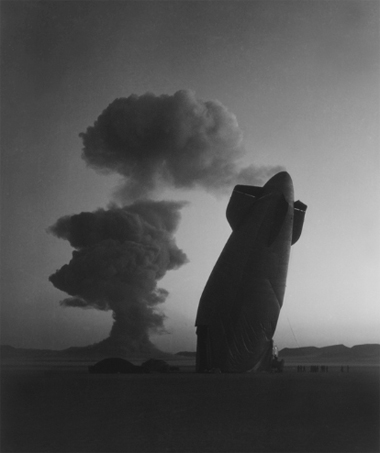
The shock wave from the atomic bomb explosion in 1957 dropped the balloon at a few kilometers high.
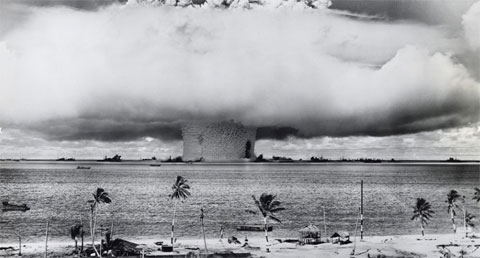
A test of the atomic bomb on the Pacific in 1946.
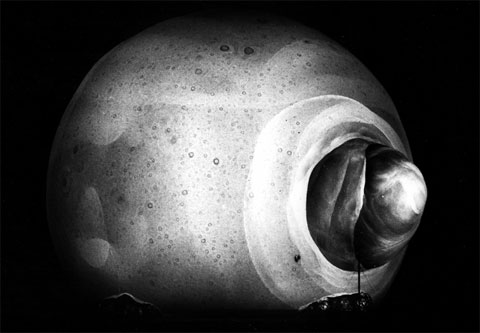
The sight of the atomic bomb on a tower began to explode.
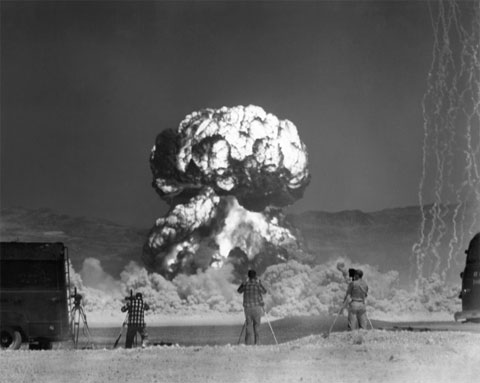
Photographers filmed a nuclear bomb test in the desert in Nevada state in 1955.
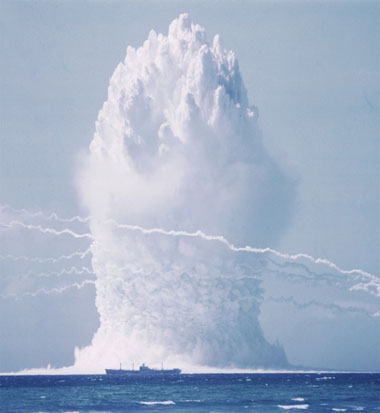
When a bomb exploded in the sea in 1958, it created a giant pillar of water and aerial waves.

An atomic bomb was fired from the cannon in Nevada state in 1953. The fire in the mushroom-shaped dust is the effect that scientists at the time wanted to learn.

The giant fireball appeared after a gas bomb exploded in the southern Pacific in 1956.

The spectacle of the remains of a church on the hill in Nagasaki, Japan after the US dropped atomic bombs here in 1945.
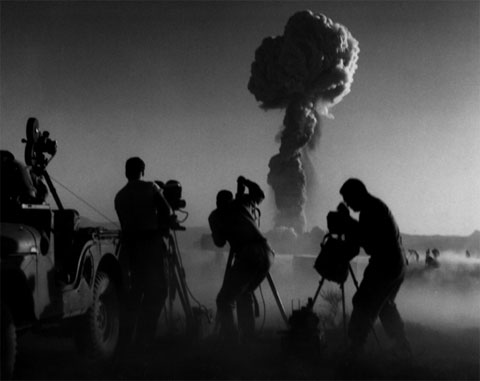
The dust column rises in front of photographers in a bomb test in 1953.
 The 11 most unique public toilets in the world
The 11 most unique public toilets in the world Explore the ghost town in Namibia
Explore the ghost town in Namibia Rare historical moments are 'colored', giving us a clearer view of the past
Rare historical moments are 'colored', giving us a clearer view of the past The world famous ghost ship
The world famous ghost ship